When RJ Palacio’s children’s novel WONDER hit the bookshelves in 2012 (released on Valentine’s Day, no less), it captivated the world and soared to the top of the New York Times Best Seller List. With a core theme of “kindness”, WONDER is the story of Auggie Pullman, a fifth-grader who suffers from a rare medical condition of facial differences called “mandibulofacial dysostosis”. Thanks to more than 23 surgeries since birth, Auggie has been home-schooled by his mother Via, but the time has come for him to join the real world and experience mainstream education, setting the stage for an emotional coming-of-age and growth for not only Auggie, but his family, his friends, and everyone whose lives are touched by him.
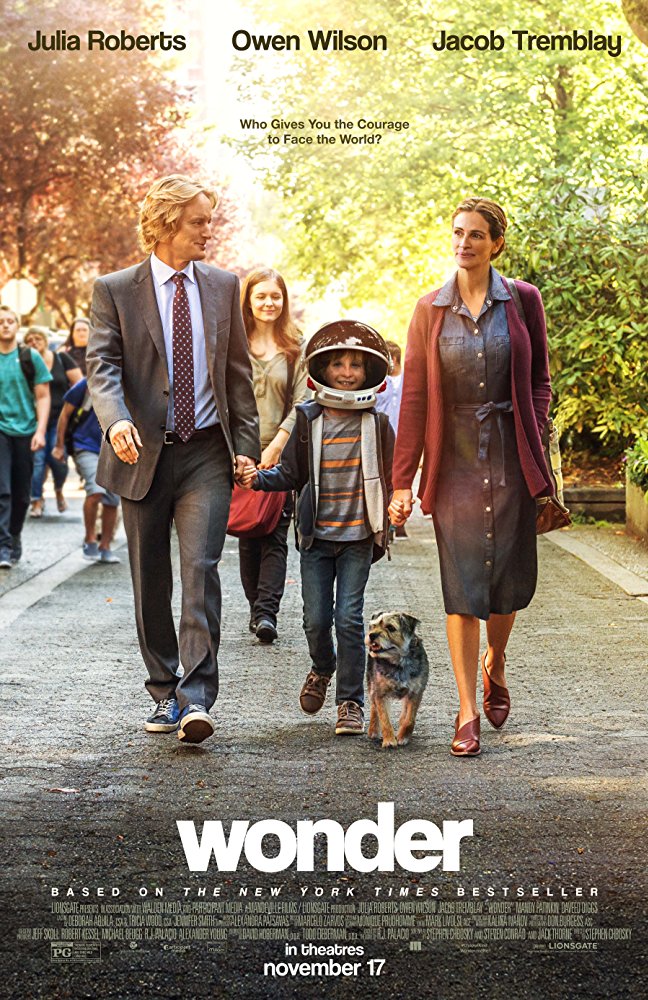
Picked up for development by producers Todd Lieberman and Dave Hoberman (“Beauty and the Beast”), to say the making of WONDER has been a labor of love might be an understatement. Tapping STEPHEN CHBOSKY (“The Perks of Being A Wallflower”) to write and direct WONDER, together with co-writers Steven Conrad and Jack Thorne, Chbosky and a stellar cast that includes Jacob Tremblay as Auggie, Julia Roberts, Owen Wilson, Daveed Diggs, and some amazing young newcomers, along with talented technical craftsman like cinematographer Don Burgess behind the lens, bring WONDER to the big screen with grace and heart for an emotionally resonant cinematic experience that touches the heart.
I spoke with writer/director STEPHEN CHBOSKY in this exclusive interview about the wonder of WONDER, from casting to Chewbacca to invisible layers of storytelling, while creating a visual narrative that brings the characters and thematics of the novel to life in a three-dimensional fashion.
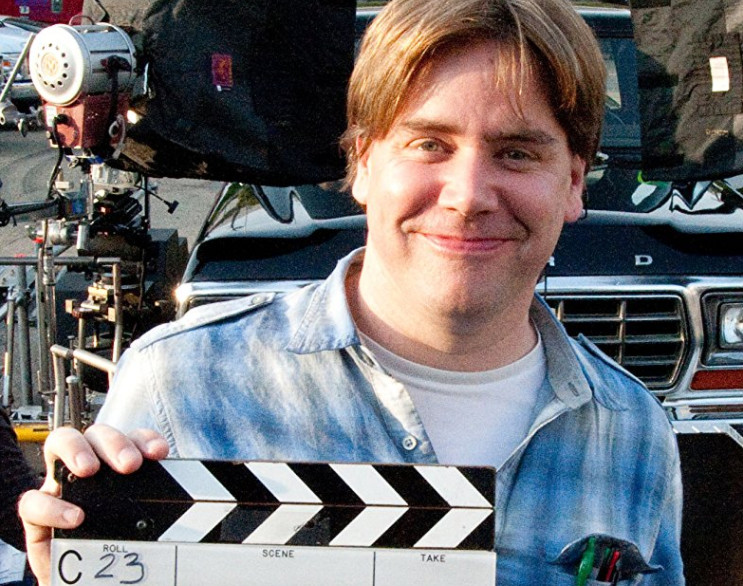
Stephen, I will tell you exactly what I told your producer Todd Lieberman the other day about WONDER. If somebody would hold up a picture of a Valentine’s heart and tell me to define it with one film, that film would be WONDER. This film is pure heart from beginning to end and stuffed with more than enough joy to fill every Christmas stocking of every movie-goer around.
Oh, that’s so nice. Thank you. I thank you, and I have to say I can never brag on my own movie, but that’s how I felt about the book, and that’s why I wanted to do this because this is a magical story, and everybody that lets themselves be taken with it is in for real journey.
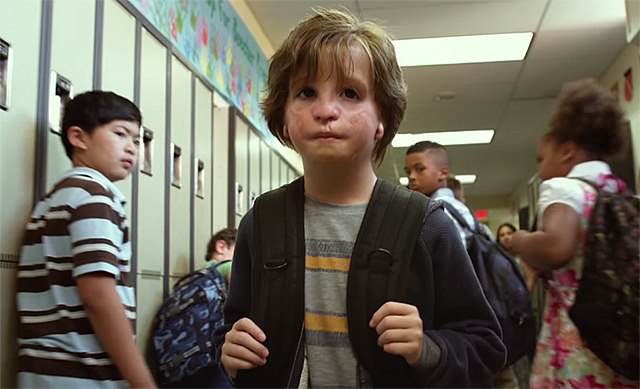
It blew me away. And Jacob [Tremblay], who I’ve been watching and on and off the screen for a few years now, what he brings to the role of Auggie! Jacob disappeared! There was a completely new person there.
It’s amazing what his process is, how serious he took the performance and going into the makeup and sitting in that trailer every day for an hour and a half to two and a half hours a day. It’s funny. Jacob would go into the trailer, and Auggie would come out and vice versa. At the end of the day, Auggie would go into the trailer, and Jacob would come out. To so see such a young person, he was nine at the time, such a young person have that level of mastery of his art and craft was inspirational.
And he warned me. He told me at LA Film Festival this year, “Just wait till you see me in WONDER.” Boy, was he right.
He was right. Absolutely, yeah. He was great, and I have to say, just as the director, how proud I am of his performance, but of the entire cast because RJ [Palacio] wrote some wonderful characters, and we had to do our utmost diligence to make sure that we found the perfect actors for every part.

I think you knocked it out of the park, especially with your young cast. They tackled such serious issues. There’s bullying. There’s bravery. There’s finding your way just as a 10, 11, 12-year-old and being out there in the world, really, as you’re coming into your own. And every one of these kids, amazing. Noah Jupe blew me away as Jack Will.
Yeah, and he’s British. I remember saying to Deb and Tricia and Jen, our casting directors that when it came to Jack Will, that I wanted them to find a kid who would hit the audience the way that River Phoenix did in “Stand By Me.” I remember seeing “Stand By Me” and saying, “Who is that kid?”. That was the job that I gave to them, and they found Noah. It took months, but they found Noah at the last minute, and we were so happy.
It was well worth it because with all the kids, collectively, you see kids. They are atypical of kids that you meet all over. I think that’s the real stand out because they didn’t feel like they were acting. They really were kids.
That was really important to me for the tone of the movie. I thought that if the kids felt authentic to themselves and to the age, the story would resonate the way that the book did. And the other thing that was important to me, my only rule from artist to artist, my only rule for the young actors was just know your lines. That’s all I ask. We didn’t do a lot of rehearsal. We had one read-through, but we didn’t do a lot of rehearsal past that because I wanted them to feel natural and spontaneous, and I wanted them to know from take to take that they couldn’t make a mistake. Whatever happened, as long as it’s all authentic, it was going to be right.
And one of my favorite moments was the little burping contest that they had that I put into the movie because the one thing, when you have young actors, of course, there are the scenes that you write, but then there’s the things that happen in trying to create an atmosphere to capture lightning in a bottle, what was a lot of fun for me and the crew.
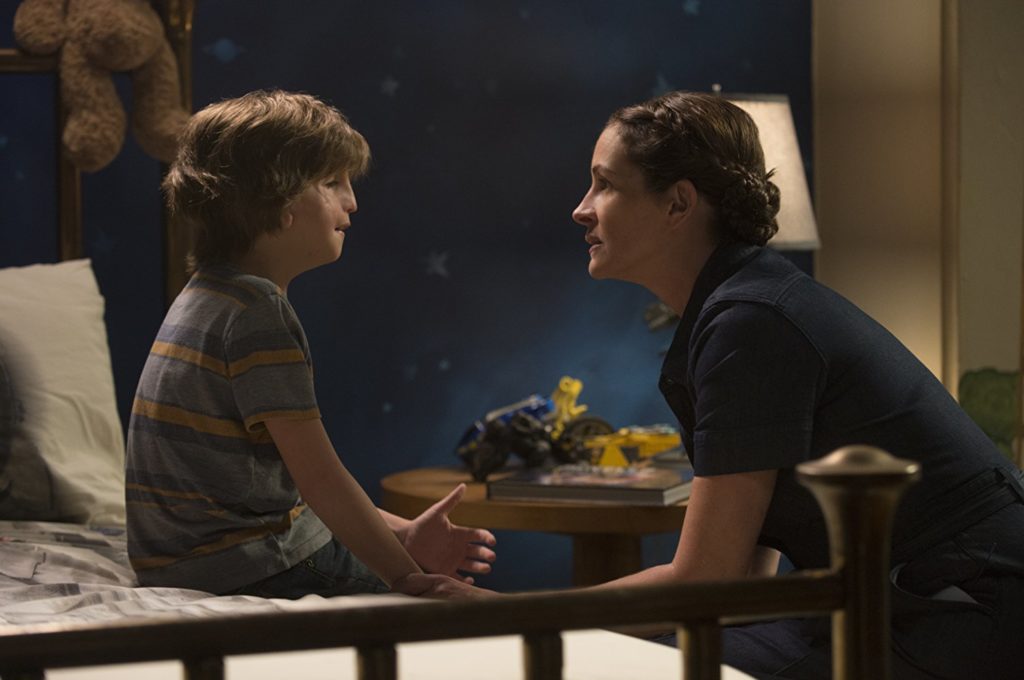
I’ve got to ask you about this adaptation. You already have a novel that is pretty close to perfect for my money and you adapt it into a screenplay. But then you have to create this visual narrative out of the text. How did you go about creating this construct and particularly working with Don Burgess because what you have done visually is so standout. It’s subtle. I think a lot of people might miss it, but I just was so captivated by how you developed different visual palates for each one of the characters and the thematics.
Could I first of all thank you. I have now done, I think, 75 interviews for WONDER, and you’re the first person to mention Don Burgess’s name, and thank you for doing it because Don is so fantastically talented, and I learned so much working with him. He’s such a master of his craft and his art, and we talked a lot about how to give each segment and each character their own look, but we had to do it quickly because there wasn’t a lot of time because we had makeup plus children plus dogs. That’s a full bill right there. Sometimes we only had Jacob maybe five and a half hours that day or six hours, and so we didn’t have the longest shoot in the world, and so he had three cameras going a lot of the time. Yeah, we talked a lot about reference movies. I said how much I loved how “Dead Poets Society” looked. I mentioned how much I loved “My Life as a Dog” and some of the other European coming of age films. And I love a timeless, classic look, and if you want a timeless, classic look, get a timeless, classic director of photography, and that’s Don Burgess.
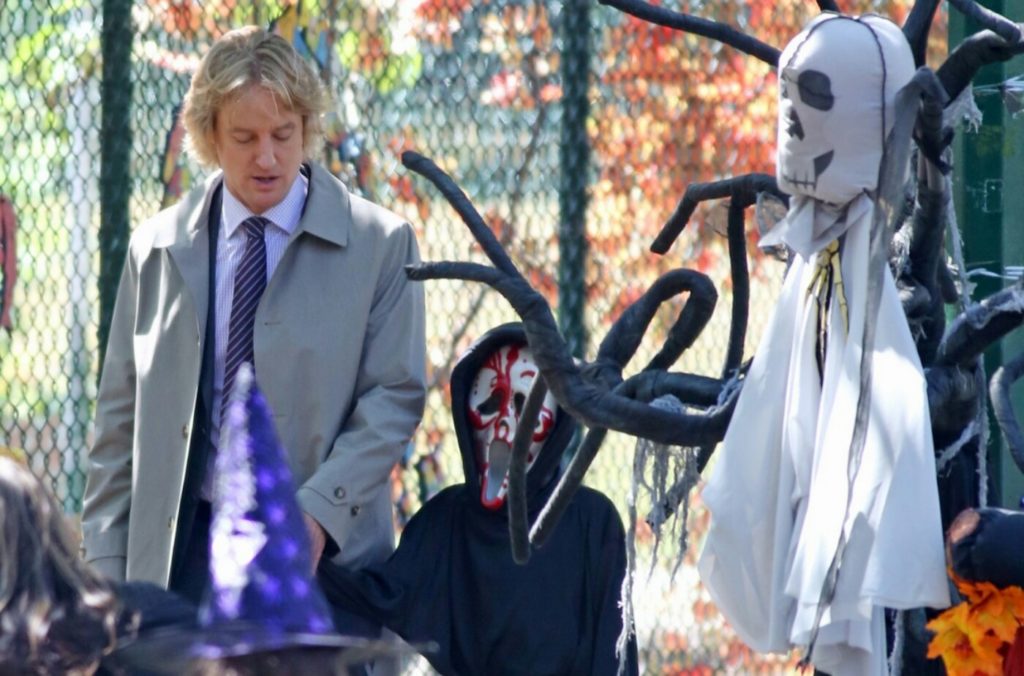
I love how the lighting changed as you’re going through each person’s introductory story and even the framing changes. But notably, it’s nobody even comes close to what the two of you have designed for Auggie, especially for his dream sequences in outer space.
I’m so glad you say that because when we were working on that, it was really fun to … For example, the skip down the hallway. I remember writing that in the script that I wanted the astronaut to skip from joy. And we were trying to think of how could we make a high school hallway feel like he was walking on the moon. And Don did all these. He did all these experiments with shutter speeds and how are we going to do it, and in the end, we took a really old-fashioned but what-is-old-is-new-again approach with slow motion to make it feel weightless without all the trickery. We wanted it to feel like some of the older films that dealt with childhood, and I’m glad that you caught that. I’m very, very pleased.

It just was so charming because I knew as I’m watching it, I know you’re not in zero-G.
Yeah, I know, we weren’t, and then, for the very first image, we got a trampoline. I was really excited to do weightlessness in an old-fashioned way, and I thought it came out really great because it wasn’t quite right. It’s not the movie “Gravity”, but it’s more like a child playing at being in zero gravity.
And that’s what was so charming. It’s a kid’s imagination and within a kid’s imagination you can go anywhere and do anything. And it doesn’t have to be picture perfect.
No, it doesn’t, no. As a matter of fact, I wanted the film to have the energy of children at play versus something much more polished or much more high-tech. I thought low-tech was right because when you see a kid playing “Star Wars”, they’re not doing it with CGI. They’re doing it with their imagination and themselves, so that’s what we wanted to have.
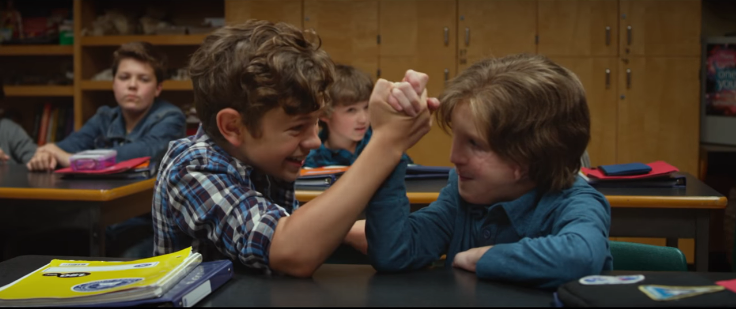
I’ve got to ask Todd, but I’ll ask you if you know, how did you convince Disney and Lucasfilm to give up the rights and let you use Chewbacca?
Just ask David Hoberman. David has had such a great relationship, so has Todd with Disney, and David is old friends with Kathleen Kennedy, and it was because of David Hoberman. Also, when he called Kathy Kennedy, I know she said, “Oh, great. Well, just send the scripts and the book,” and I think when the Lucasfilm people read the script and book, they saw what we saw, and it happened very quickly. They wanted to be a part of it, and we were so happy, especially Jacob Tremblay. You should have seen him the day with Chewbacca on set. I think the only person that was a bigger nerd that day was maybe me. It was either me or Jacob. We both got to give Chewbacca a big hug, so there’s really nothing better. I couldn’t believe I got paid that day.
Oh, my! I know Jacob is a huge, huge “Star Wars” fan. At LA Film Festival, Mark Hamill showed up opening night and was on the carpet, and that was the highlight of the carpet for Jacob is he got to meet Luke Skywalker.
Of course, it was. Of course, it was. I love “Star Wars” and I know RJ does. Jacob does. And Daveed Diggs too, if you ever talk to him, Daveed Diggs, he was like, “God, I did a scene with Chewbacca!!” because this was Daveed’s very first movie. He was like, “God, are they all like this?” I hope they put Daveed in one of the actual “Star Wars” movies someday so he can be the only person that was with Chewbacca in two different parts.
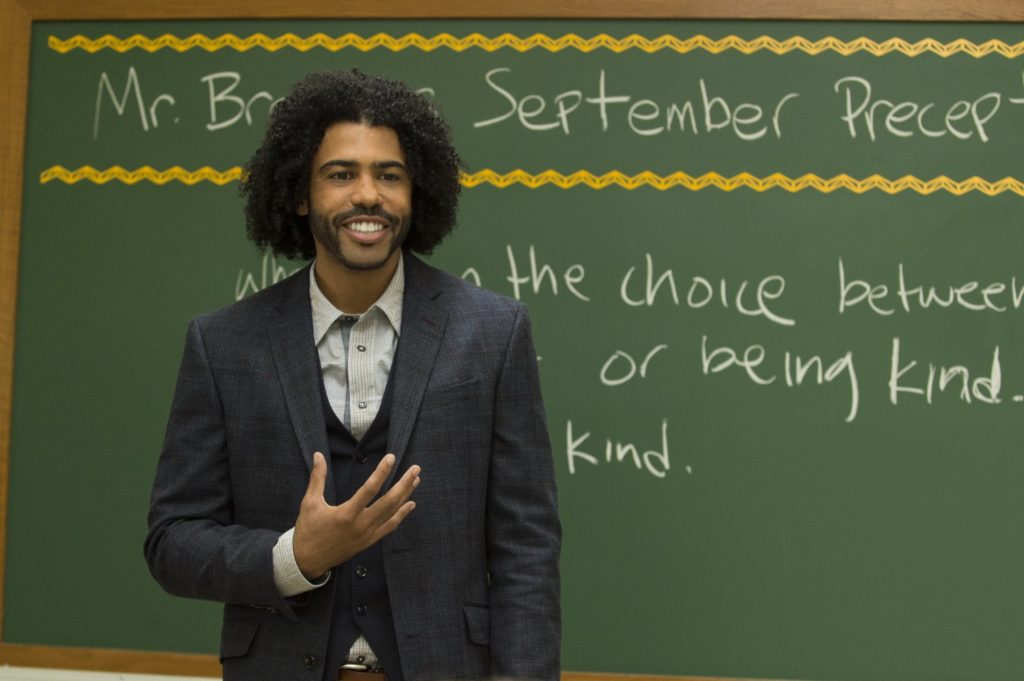
And Daveed! Absolutely outstanding as Mr. Brown.
Yeah, he came on board. He taught school, and there was something about the command that he had in the classroom, and he did such a great job. It’s funny. We carved out an extra half day to shoot with him because I wanted to add him in scenes like the scene where Jack Will and Julian start fighting, and I wanted to add Mr. Brown to that scene because I love Daveed so much. That the one thing about the movie and the way that it would organically evolve. If somebody was really being a standout, I would just try to give them more things to do. Versus having maybe a generic teacher pull the boys apart, I added Mr. Brown to that scene because of Daveed specifically.
That is a very powerful, key scene in the film. And what you and Don do in that scene with the camera work is so telling, because we’re also picking up Auggie’s face and his reaction in the background as we’re seeing poor Jack have a meltdown.
Well, I appreciate you saying so. That’s actually based on something that happened to me. In the book, Jack just punches Julian once, and Julian loses a tooth, but I remember getting in a fight in seventh grade, and I remember bursting into tears at the end of that fight. And I’m glad that I had the time to be able to develop this because we all know the part of the book, who read the book, where all the emails go back and forth about the fights and everything else. And I wanted to find a way to capture at least the spirit of that section of the book with a very short amount of time. So showing Jack Will’s letter of apology juxtaposed with this violence, I thought, was very effective.
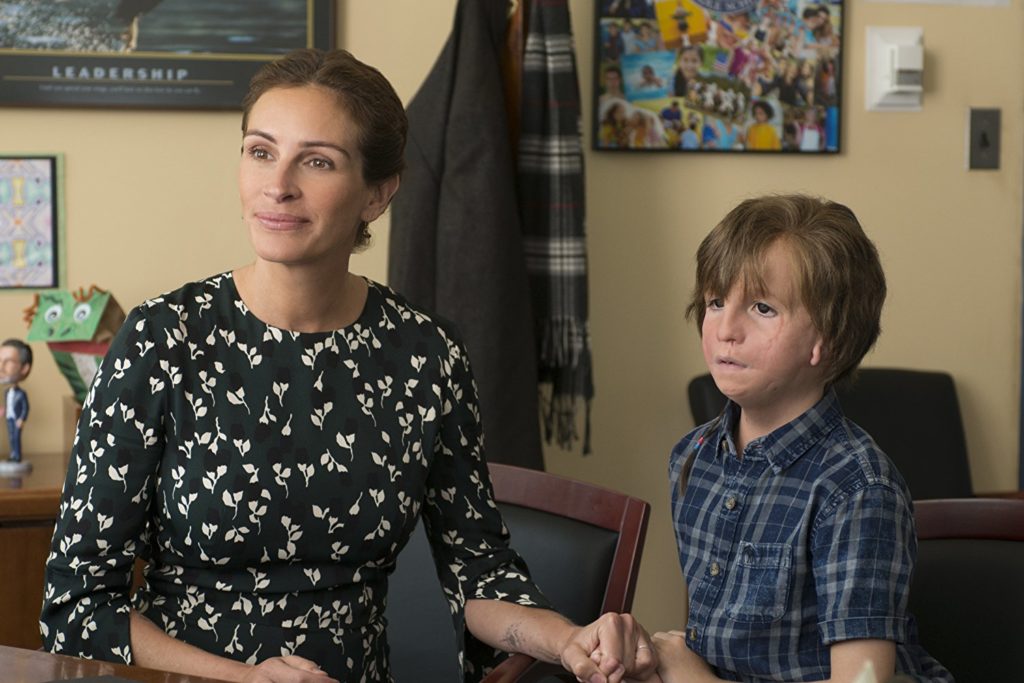
It truly was and having read the book, that was something that was standout. You have so many little things that you have incorporated that truly do elevate the book to a cinematic level. You didn’t do a straight verbatim attempt at translation to the screen.
No, I think it’s important when doing an adaptation to make choices, to know the things to leave behind, but also know the things to add, to flesh out some moments more than the book was able to. For example, one thing that RJ did, she wrote many points of view, but she never did the parents. And I was glad that the movie, especially when you have Julia Roberts and Owen Wilson, that we were able to take more time with Isabel and Nate. That was very gratifying. It was also very gratifying to give the play between Via and her mother, make that more of a moment. And we were able to do that. I was thrilled.
Oh, and one other thing, which is really fun. I remember asking RJ if there is anything visual, just anything that she thought, and she had mentioned the one thing that she always wanted to put into the book but she thought of it too late was the idea that Auggie was always looking at people’s shoes. And so, I loved that idea, and so once I started writing the screenplay, I added all those bits about Auggie looking down, and I thought it added a real nice whimsy to it.
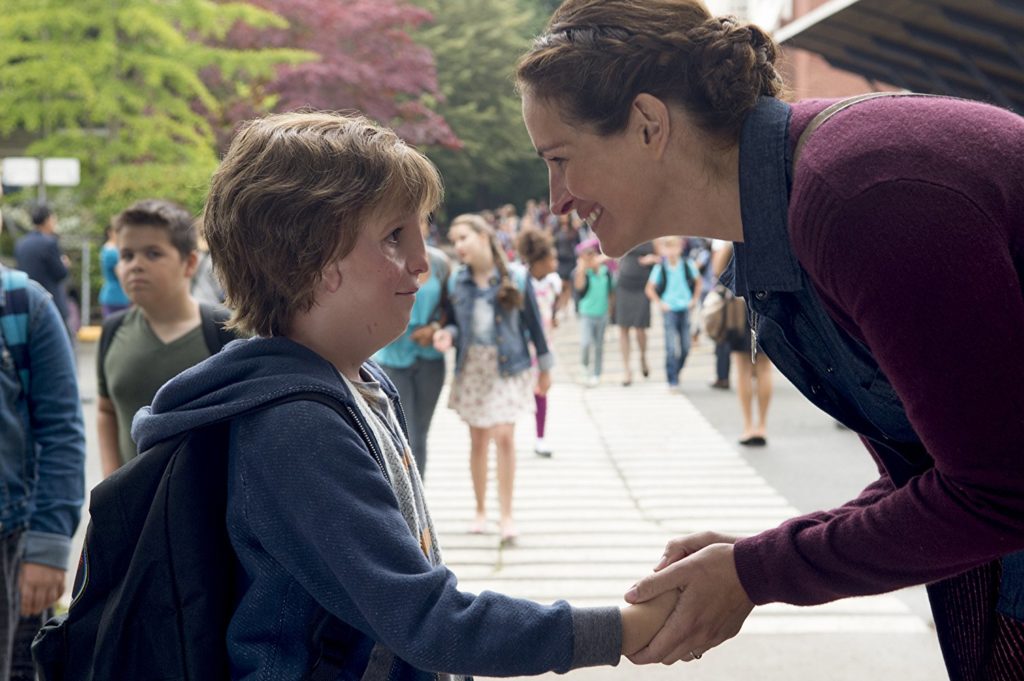
It really does, and it also fits with him not wanting people to see his face. It just goes hand-in-hand. I would be remiss not to ask you about the work of Kalina Ivanov and Monique Prudhomme with your production design and costume. There were several films this year in particular, but the synergy with costume, production design and cinematography is a standout in WONDER with Don and the cinematography in creating that timeless look but also with your character development, most notably, Julia Roberts’ Isabella, as we go from this dowdy school-marmish Amish-esque woman with the hair and the clothing. And then, as Auggie opens up, Isabel starts transforming as well. That umbilical cord is so strong in this film.
Look at you! You really caught that. Bravo! That’s great. No one is asking about these things. This is fantastic. Yes, Isabel’s journey from being a full-time exclusive mom to finding herself again and finishing her thesis and finding who she is outside of her children was a real arc that we added, and that story was told in everything including Monique’s beautiful costumes and Julia’s choices. That’s one thing that was really inspiring, watching a seasoned pro like Julia and working with Monique, that they were able to tell the stories in a lot of invisible layers, and that was one of them, and I’m really glad that you noticed.
And of course, the blues in the dresses that she wears in the first half of the film, it’s the same color blues that are on Auggie’s walls.
Yeah, absolutely! The one thing that I always try to encourage when I’m working is for other departments to have a lot of transparency and to talk and coordinate. And, look, when you have Kalina, Monique and Don, the smartest thing you can do is to ask them to do your movie and then rejoice when they say, “Yes” and then watch them work together because we all knew what we were going for. We all loved this story, and we all told it our own way.

Now that this journey of WONDER is over and out into the world, I’ve got to ask you, Stephen, what did you personally take away from the experience of making this film that you’ll now take with you into your future projects?
I think that the process of making WONDER made me a better person and a better father, a better husband and a better artist because when I set out to make a movie about kindness, I knew that you can’t make a movie about kindness without doing it with kindness. And so, the set, and I was very adamant about this that there would be no yelling on set by anybody, that the rule was if we’re going to have a disagreement, that’s fine, but we have to do it with respect, and that rule applies to everyone, and that includes me. There were a couple of times when things would get frustrating and I told everyone, “You can remind me,” and I’m really proud that I was able to work over a year and a half with all these challenges, and we all were able to work with all these challenges, and never once did someone scream. Nobody raised their voice. Maybe people stress ate. I’m not going to lie, but there nothing but camaraderie because the book and the movie WONDER deserve no less.
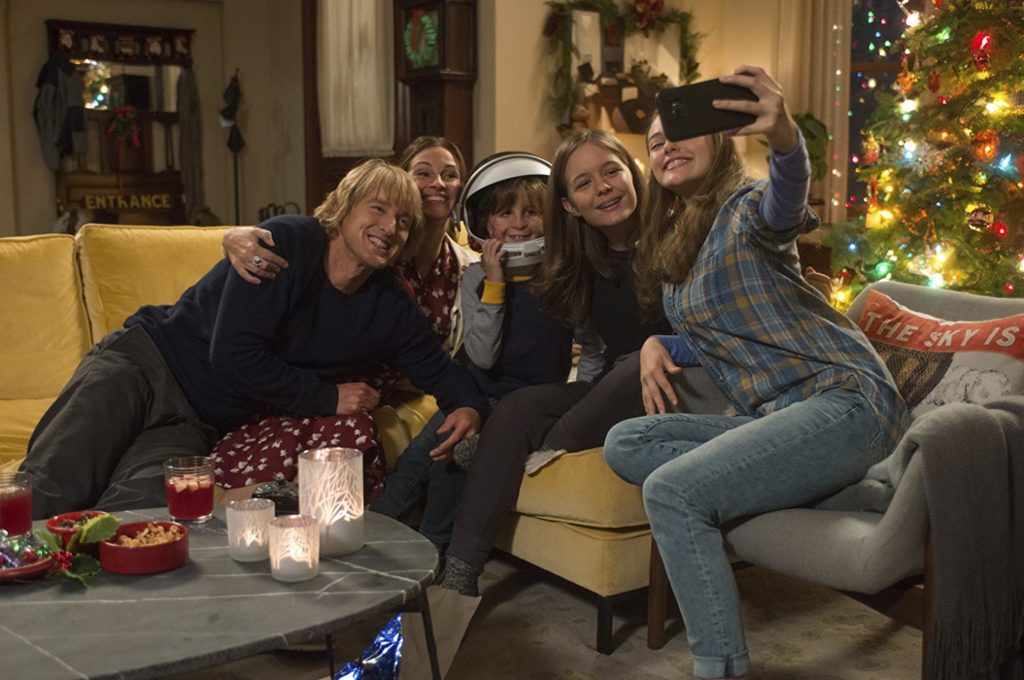
Stephen, I can’t thank you enough. You have given us with WONDER a truly, truly emotional treasure.
Thank you. I really appreciate it, Debbie. This was a lovely interview, and thank you for singling out Don and Kalina and Monique. That means a lot to me, I have to say. And if I may, also Mark Livolsi, who is a phenomenal editor. These are the folks that are so important to making a film what it ultimately will be, and it means a lot to me that you noticed. It really does.
by debbie elias, interview 11/05/2017












